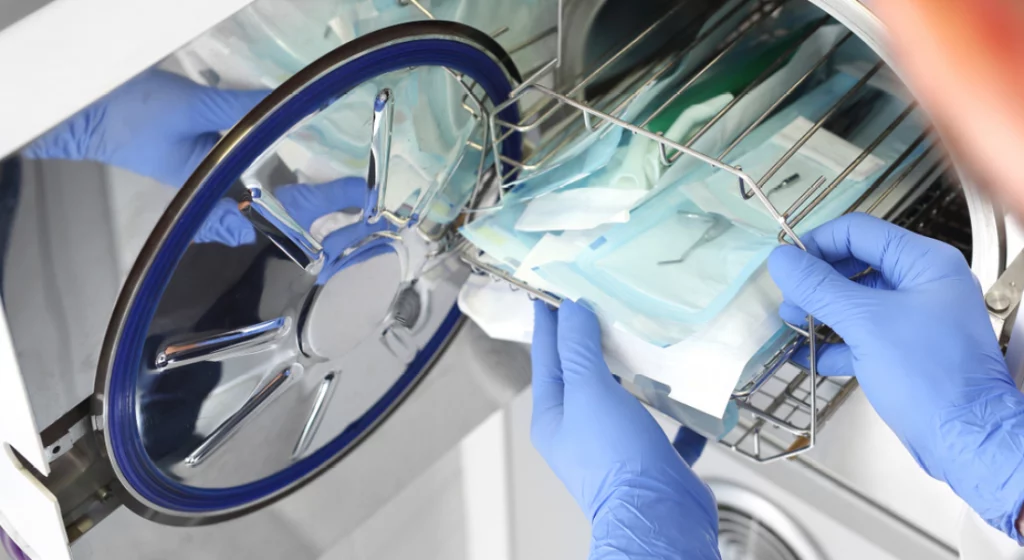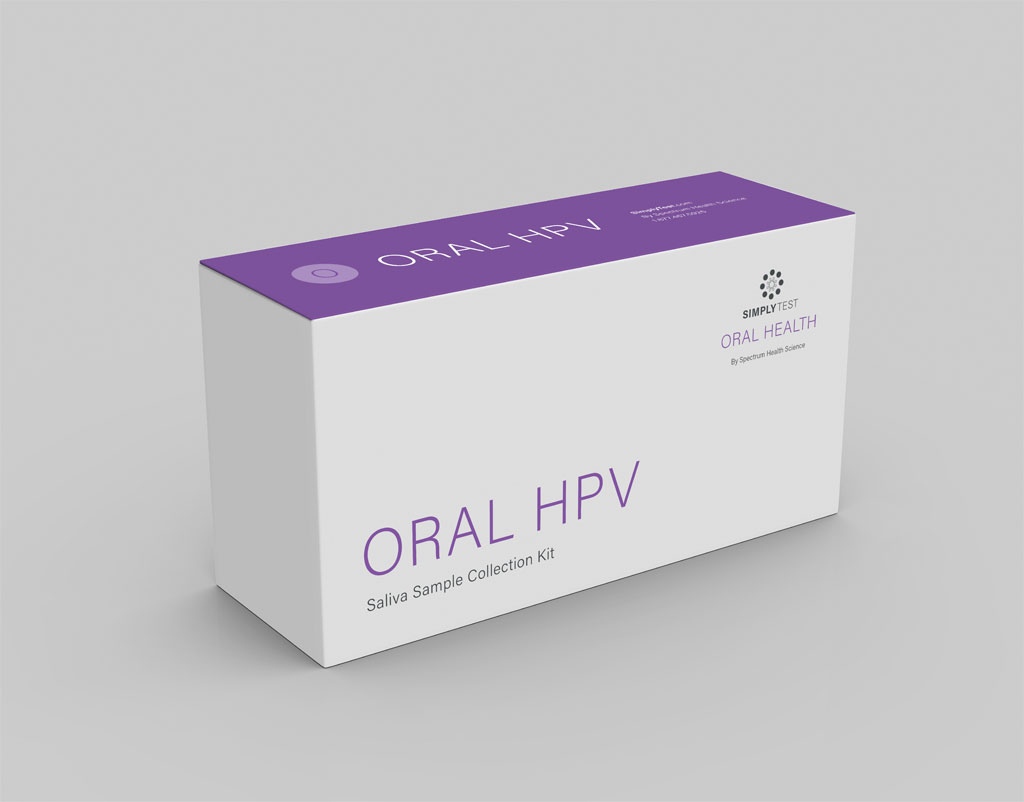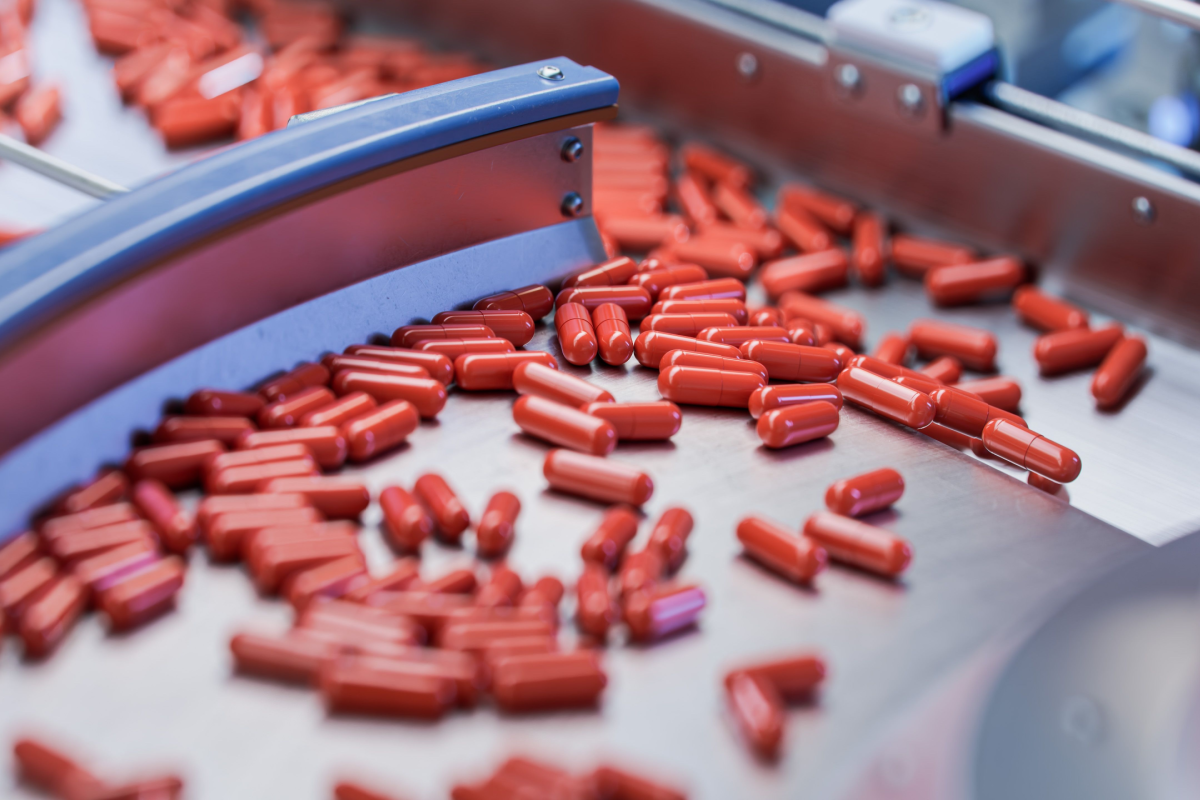In the late 1970s, the reuse of single-use medical devices was introduced as a cost-saving measure. The sterility of a medical device must be ensured before it is reused to avoid the risk of healthcare-associated infections. Currently, there are numerous medical device sterilization techniques such as steam sterilization, flash sterilization, ethylene dioxide sterilization (the gas sterilization method) and others.
Medical device sterilization has been challenging as the widely used high-temperature sterilization method may damage the device. Ethylene oxide (EtO) came into use in the late 1950s as a potential sterilizing agent. Medical and non-medical devices such as gauze, surgical towels, syringes and even heart stents are sterilized using EtO.
Even though the EtO sterilization method was considered efficient, it carried its demerits like a lengthy sterilization cycle, a long mechanical aeration time of eight to 12 hours at 50°C to 60°C to allow the toxic EtO residuals to desorb (ambient room aeration requires seven days at 20°C), toxic effects on the environment, potential hazards to staff and patients, and a high-water consumption process.
The Efforts of Government Agencies to Curtail the Environmental Toxicity of EtO
The US Environmental Protection Agency (EPA) raised concern with the risk from air emissions of EtO from commercial sterilizers. As a result, the EPA is providing new information on specific facilities where lifetime risk levels are the largest to nearby communities. By the end of this year, the EPA plans to propose an air pollution regulation to address EtO emissions at commercial sterilizers and to protect public health.
The US Food and Drug Administration (FDA) also has concerns about the toxic effects of EtO and thus is continuing to encourage new ways to sterilize medical devices and strategies to mitigate the emission levels of EtO while achieving adequate sterilization.
XTALKS WEBINAR: ISO 11608: Best Practices to De-Risk & Shorten Time to Market for Wearable Injectors
Live and On-Demand: Tuesday, September 20, 2022, at 11am EDT (4pm BST/UK)
Register for this free webinar to learn the best practices to successfully incorporate 2022 ISO 11608 methodology to mitigate risk and accelerate time to market in combination product development.
Plausible Alternative Medical Device Sterilization Methods and Reducing EtO Emissions
In 2019, the FDA implemented two Innovation Challenges for EtO sterilization alternatives. Innovation Challenge 1 included suggestions for alternative methods of medical device sterilization. Out of 24 applicants, the FDA chose prospective ideas from STERIS, NovaSterilis, Noxilizer, and Stryker’s TSO3 to work with the federal agency on these efforts.
- STERIS proposed an accelerator-based radiation sterilization method. Here, an electrical current produces electrons which are accelerated close to the speed of light using an accelerator. The electrons are passed through a scanning horn which creates a curtain of electrons. The device is then passed at a certain speed through the scan curtain and the electrons inactivate microorganisms. According to STERIS, this process will occur behind a radiation shield to stop radiation from leaving the cell. This irradiation technique proves residual-free, time optimized and low oxidative damage to the sterilized medical device. In addition, no induced radioactivity or chemical will remain on the processed devices.
- STERIS and Stryker’s TSO3 proposed another method using vaporized hydrogen peroxide as a sterilization factor. Medical devices such as drug-delivering systems and body implants as well as temperature-sensitive devices can be sterilized efficiently by vaporizing hydrogen peroxide using low temperature and deep vacuum conditions. The cycle time relies on factors like load size, packaging materials and composition of the medical device.
- NovaSterilis proposed the concept of sterilizing sensitive biomaterials using inert supercritical carbon dioxide. The combination of supercritical carbon dioxide with 0.25 percent water, 0.15 percent hydrogen peroxide and 0.5 percent acetic anhydride was shown to effectively inactivate a wide range of microorganisms including bacterial endospores. In addition, the mechanical properties of collagen- and polysaccharide-based biomaterials are less compromised by supercritical carbon dioxide compared to conventional medical device sterilization methods.
- Noxilizer proposed the use of nitrogen dioxide as a sterilizing agent at ultra-low sterilization temperature of 10°C to 30°C. This method is efficient as it does not produce any cytotoxic residuals. In addition, the cost of operation is reduced by 50 percent with the nitrogen dioxide sterilization method as the processing time is less than the traditional EtO method. Nitrogen dioxide sterilization is advantageous for products like drug-delivery systems, pre-filled syringes and other medical devices that encounter challenges with EtO, gamma radiation, or other conventional sterilization techniques.
The FDA’s Innovation Challenge 2 is centered on developing strategies to lower EtO emissions. In general, manufacturers are aiming for an EtO cycle concentration that is 11 to 66 percent less than the usual EtO concentration range. The FDA received 22 applicants for this innovation challenge and selected eight participants for this challenge: Abbott, Andersen Scientific, BD, DMB Apparatebau GmbH, Medtronic, Sterigenics, STERIS and Taiwan Advanced Sterilization Technologies.
Progress Made So Far
The FDA has made several plans to control the atmospheric emissions of EtO. Primarily, the FDA introduced the EtO Sterilization Master File Pilot Program in 2019 for premarket approval (PMA) holders. This program aids the pilot program participants (11 sites and 28 class III devices are currently included in the pilot) in changing the sterilization process to reduce EtO emissions and report results to the FDA.
Following the release and implementation of the Innovation Challenges, initial observations show that some facilities have reduced EtO emissions by 20 to 35 percent with potential to impact millions of devices. Despite all the innovations and efforts of the FDA, EtO emissions continue to be a matter of concern and are being closely observed by the EPA.












Join or login to leave a comment
JOIN LOGIN